Mavic Allroad SL wheelset review: in an increasingly carbon world, can high-end alloy still cut it?
Mavic has always done things differently, but how does the feature-packed, jack-of-all-trades Allroad SL compare to similarly priced carbon options?
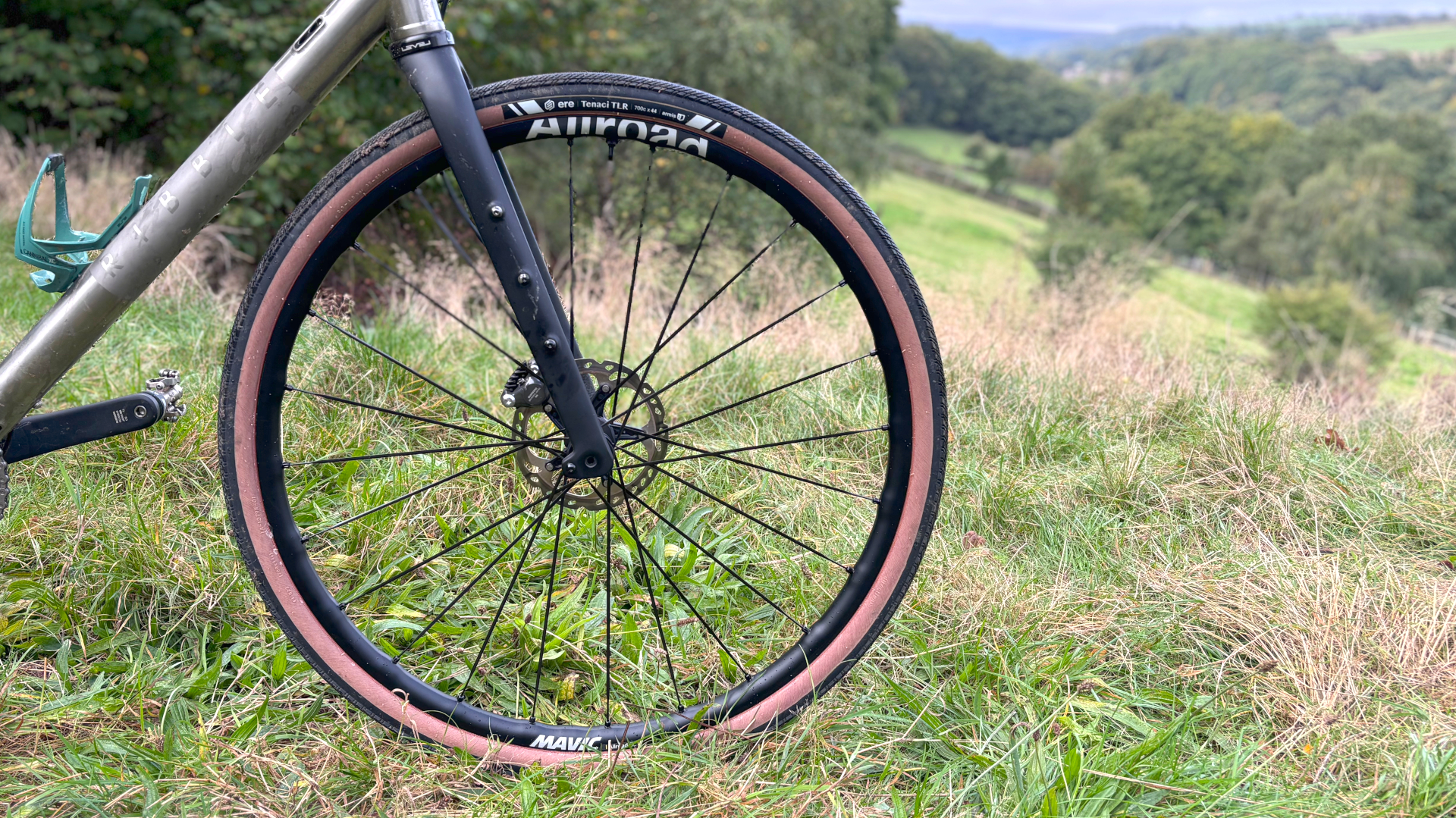
Mavic’s Allroad SL wheelset is a shining example of how aluminium wheels can still compete in a carbon-dominated market. Relatively lightweight, durable, and versatile, they offer excellent performance for gravel and road riders who want top-tier features in a reliable, no-fuss package.
-
+
Undrilled rim makes tubeless setup a breeze
-
+
Excellent durability
-
+
Versatile tire compatibility
-
+
Smooth, reliable hubs
-
+
Work well across a broad spectrum of bikes and ride styles
-
-
Hookless design limits compatibility with high-pressure road tires
-
-
Slightly harsher ride compared to carbon alternatives
-
-
More expensive than other Ally rivals
You can trust Cycling Weekly.

Mavic is a brand synonymous with road racing, and with a long history of groundbreaking tech and ideas done in its own unmistakable style. Their bright yellow neutral support vehicles were among the most recognizable features within the Pro peloton until they hit hard times around 2020. Thankfully, since then, the brand has returned from the brink with a more streamlined range concentrating on wheels, footwear, and apparel.
After the relaunch, the Allroad range was one of the first new products released, with a standard Alloy version and the SL version, reviewed here. As the name suggests, they are designed as a robust road or gravel wheel and feature plenty of tech specific to the famous French brand. Mavic is one the pioneers of high-end, fully factory-built metal wheels, so I was keen to see how their latest options stack up against the best gravel wheels out there and whether or not high-end aluminium wheels still had a place in a market crowded with budget carbon competitors.
After an Autumn and winter of testing across gravel trails, rough roads, and smooth tarmac, here’s how the Allroad SL performed.
The construction
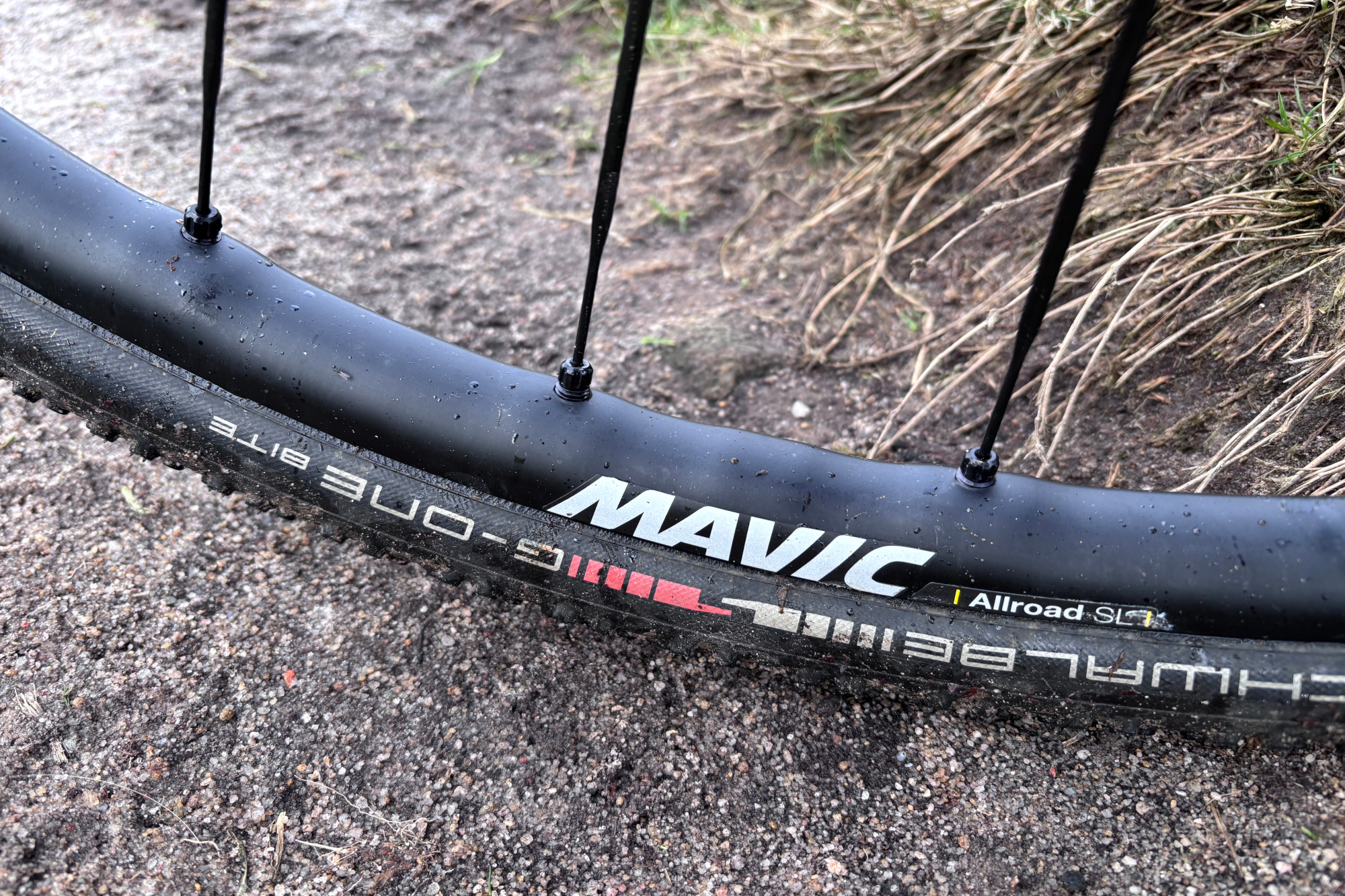
The Allroad rims measure 22mm in depth.
While carbon rims dominate the market at the £1,000 price point, Mavic has opted for its own Maxtal aluminum in the Allroad SL. This proprietary alloy is both reasonably lightweight and strong, allowing the wheelset to tip the scales at 1,655 grams (with valves) while remaining durable enough for off-road abuse with a wide rim that will work well for high-volume road tires, too.
What really makes the Allroad SL special are its 22mm deep alloy rims, which Mavic refers to as ISM4D. The rim makes use of three different technologies: FORE drilling, which refers to the way the spokes are attached that also leaves the rim bed completely intact with no holes where the rim tape would typically sit, and extensive milling on the upper section of the rim to save as much weight as possible. It’s similar to the butting process used in Alloy frame tubes. They also have a Black Shield finish, a combination of anodising and paint, said to offer excellent protection against impacts and scratches.
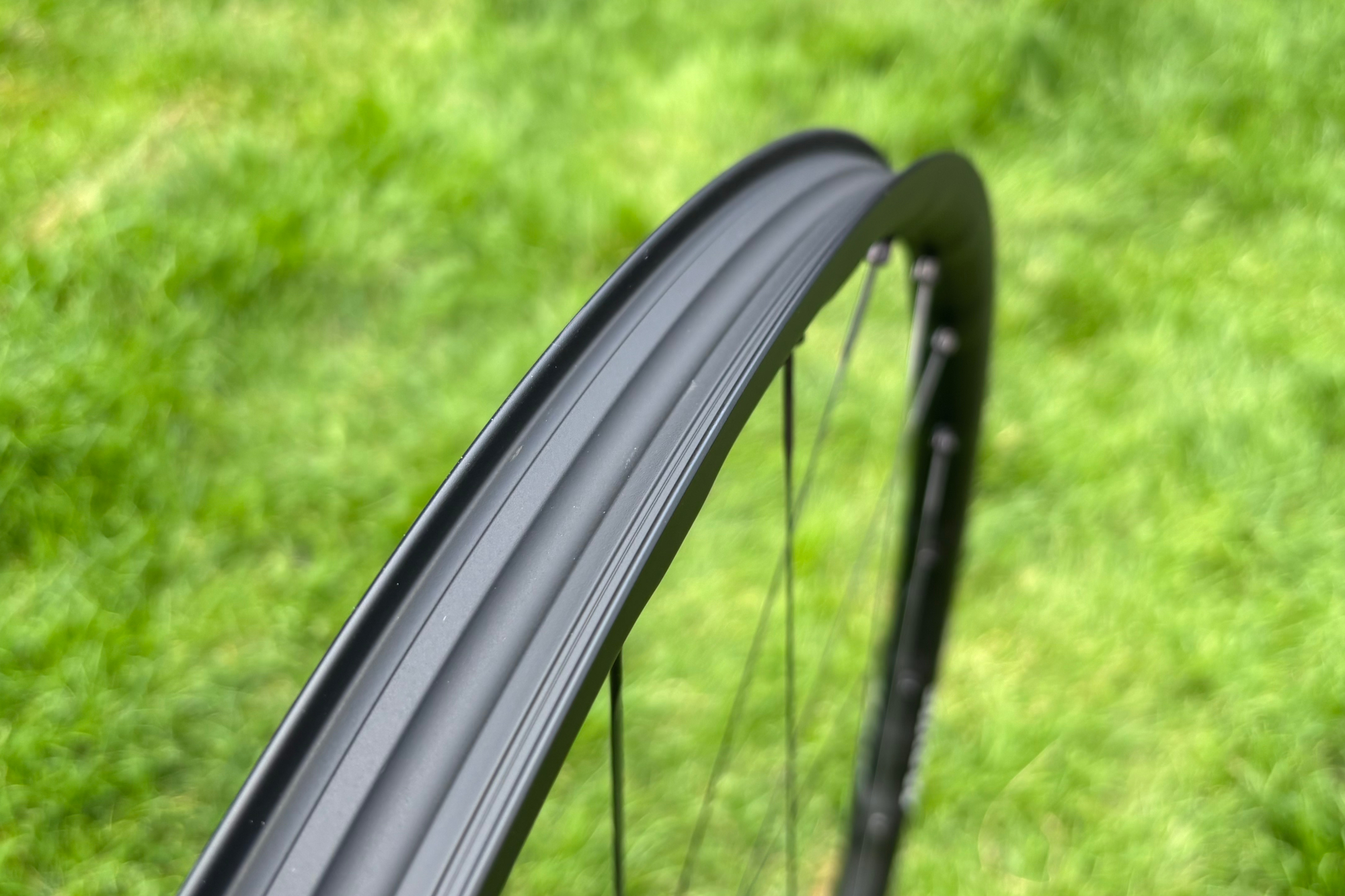
No holes in the rim improves the tubeless set-up no end.
The rims feature a 25 mm internal width and are designed to pair well with tyres from 28mm to 64mm, making the Allroad SL versatile indeed. I tested the wheels with various options, such as the 40mm Schwalbe G-One Bite (40.1mm measured), Schwalbe G-one speeds in a 30mm (30.2 measured), and the ERE Research Tenaci TLR 40mm (40.5 measured). All worked seamlessly, with easy inflation and minimal leakage throughout my test period.
The rims are hookless, which has become increasingly common in modern wheels. While this limits tyre compatibility with certain high-pressure road options, it simplifies construction and reduces weight. Mavic provides a detailed list of compatible tyres, and though I had no issues setting up any of my test tyres, I'd still rather have the fit-and-forget nature of a hooked design like those on the DT Swiss GRC1400s I reviewed recently.
Mavic's Infinity hubs are at the heart of the Allroad SL, featuring its Instant Drive 360 freehub system. With a 9-degree engagement, the hub's response times are adequate rather than exceptional, though lower engagement ring drive style hubs tend to be more robust than their high tooth count cousins, which bodes well for longevity. The wheels come with a Shimano HG freehub, though Microspline, SRAM HDR, and Campagnolo N3W versions are available to order separately.
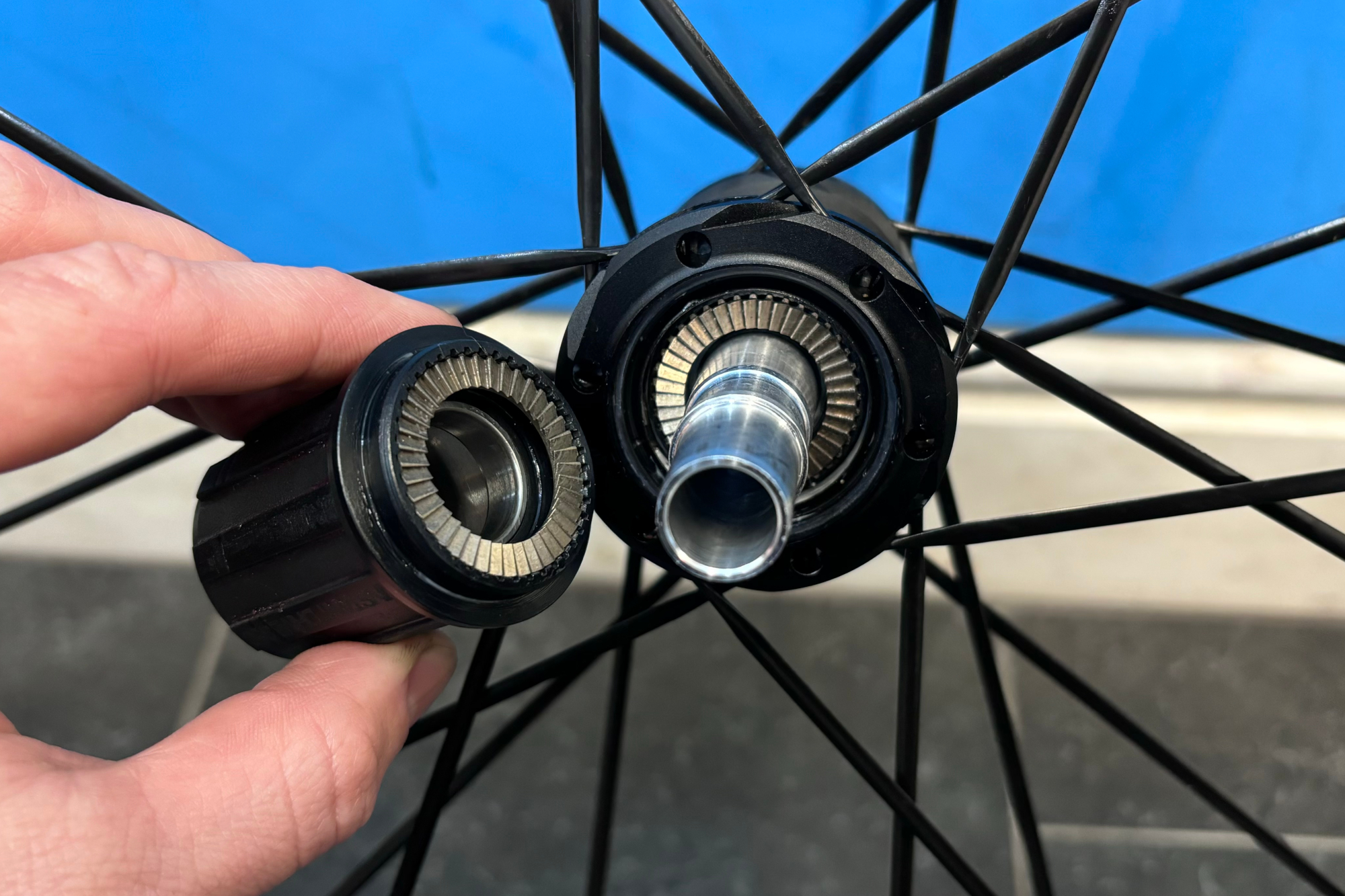
Mavic freehubs have a record for being realatively easy to service.
Mavic was one of the first brands to make high-performance hubs with fully sealed cartridge bearings in the mid-70s, so it's no surprise to see the same here. These hubs are designed for easy maintenance, and their tool-free disassembly should make bearing changes and freehub services straightforward. While I had no issues during testing, my previous experience with Mavic hubs has been very good, and being easy to take apart should mean years of smooth rolling if you keep on top of servicing.
The Allroad SL uses 24 straight-pull steel spokes front and rear, laced in a two-cross pattern for added stiffness. The spokes themselves aren't particularly unique, though the M7 nipples are. As the rim bed has no holes drilled in it, they use an oversized alloy nipple on the top of the rim. These have an anti-rot coating, but as with all alloy nipples, it's worth keeping an eye on them as they can corrode quicker than a standard brass version.
The ride
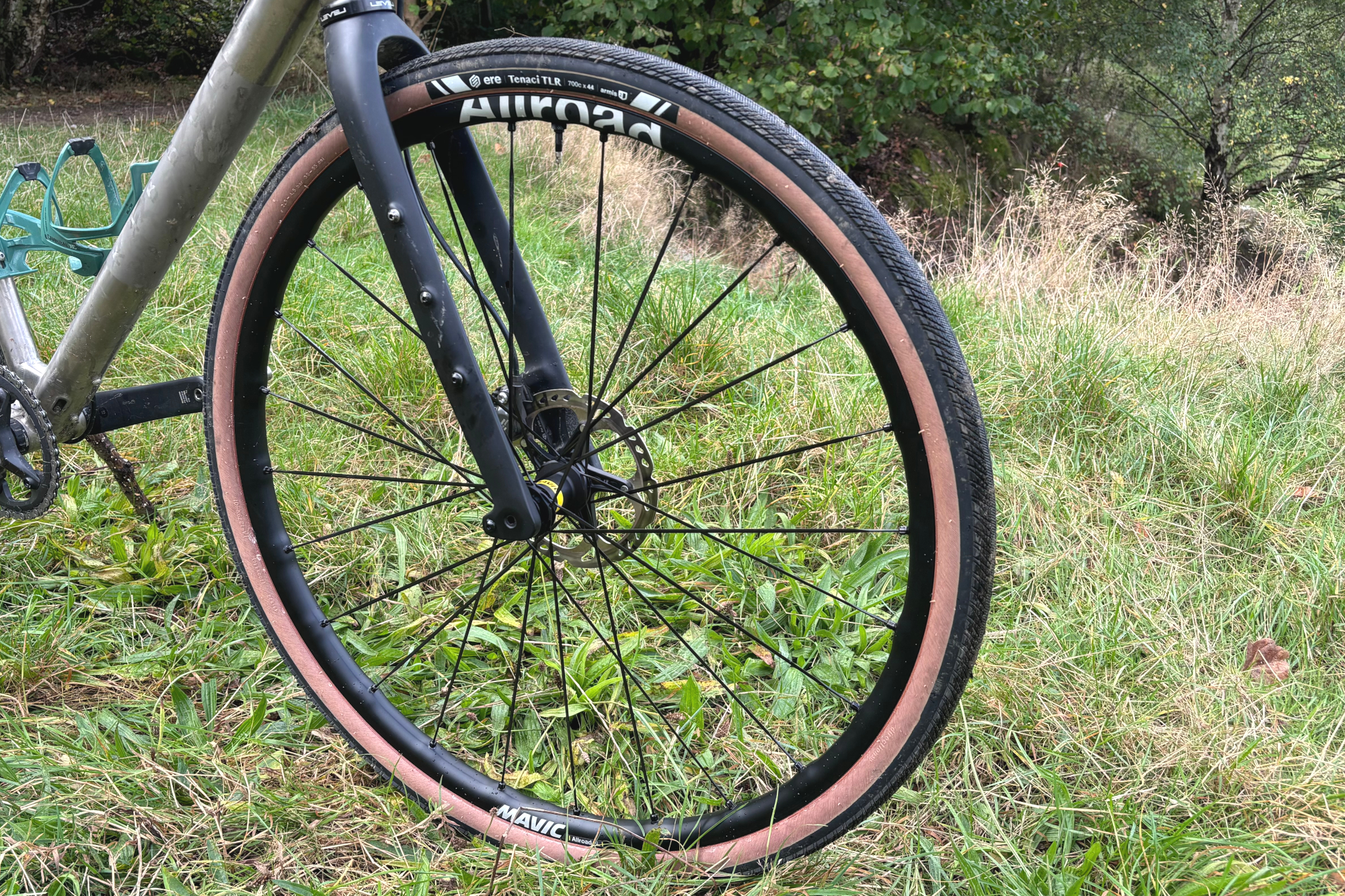
The Allroad SL fitted with with a 40mm ERE Research Tenaci TLR tyre.
As the name suggests, the Allroad wheels are a versatile piece of kit. However, as a multi-use option, they doesn't excel at anything, which, to be honest, is a large part of their charm. They are light, but far from the lightest, stiff but not too harsh, and comfy without feeling vague.
The relatively low weight of 1665g (including valves) means they are responsive under efforts, and the 9-degree hub engagement is quick enough, though not as fast as the Instant Drive 360 moniker would have you think. With a fast-rolling tyre attached, they made a great winter roadwheel; these fitted with the 30mm G-One speed have become my go-to option when it's cold and wet as they offer lots of grip and comfort and roll surprisingly well. They don't hold speed as well as a deeper section aero offerings would, but on a bike with mudguards, that's hardly a deal breaker in my eyes.
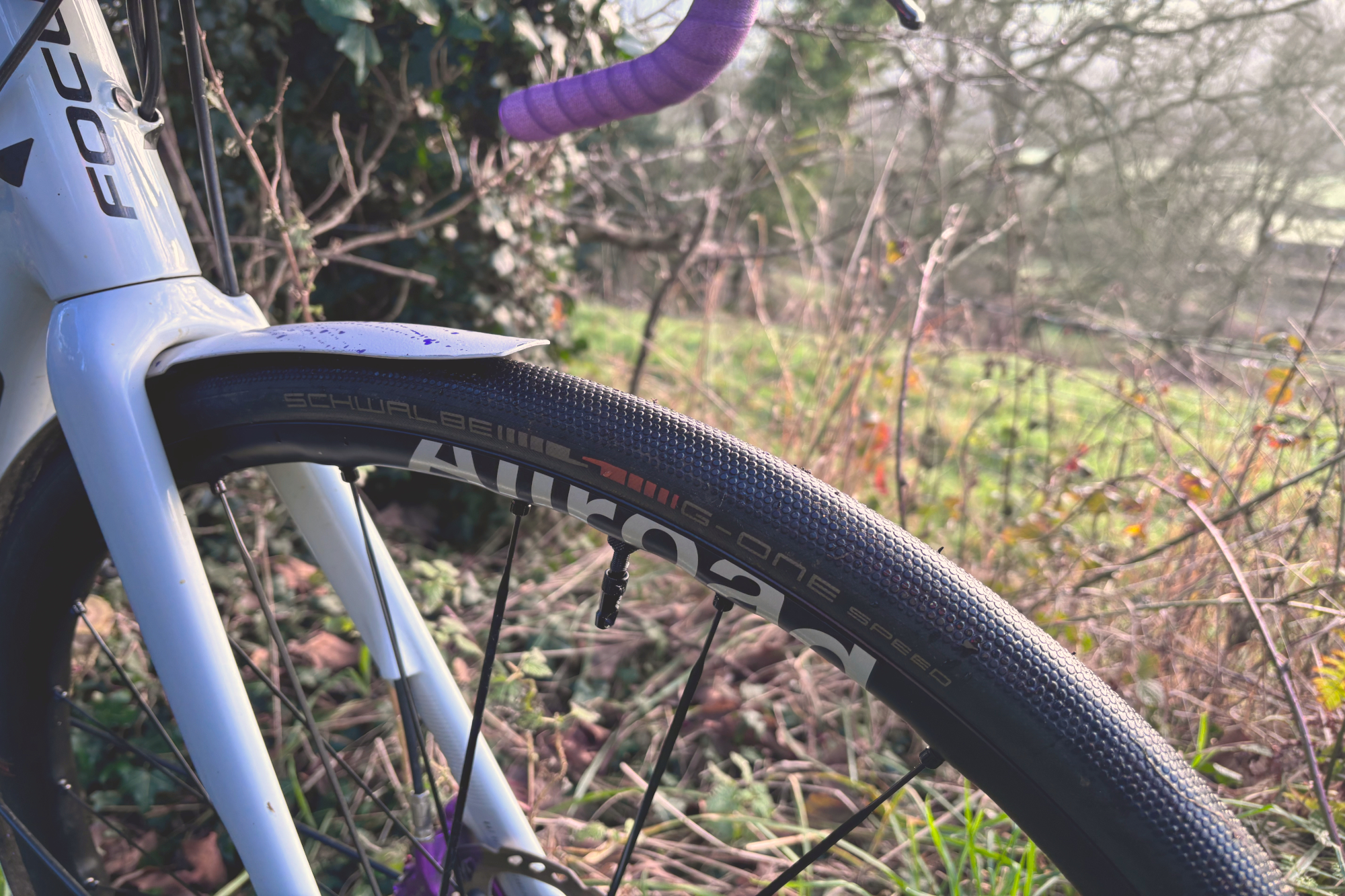
This time it's a 30mm Schwalbe G-One Speed tyre.
For gravel rides, they are at the stiffer end of the spectrum, offering a smooth ride compared to a narrower or deeper section wheel, though not a magic carpet ride as you get from something like the Zipp 101 or the ERE Research GA40. Like with all gravel kit, it depends on what terrain you ride as to how the Allroad wheels will handle. For really rocky and rough trails, I'd prefer something with more give, and for fast, smooth gravel, they lack the speed of something deep and aero like the Parcours FKT. Still, as an allrounder, the Allroads work admirably on everything from boulder-strewn Peak District bridleways to smoother wooded trails and tracks.
As I used these on various bikes I had the chance to swap tubeless setups several times, and these are some of the easiest rims I've used for setting up. The lack of tape and hookless rims meant tyres were super easy to seat, with no leaking and no need for an airline or booster pump to inflate. This shouldn't be a surprise, to be honest, as Mavic was one of the first brands to push ditching the inner tubes with their original UST system, and it made a welcome change not to be swearing at another wheel and tyre combo refusing to hold air.
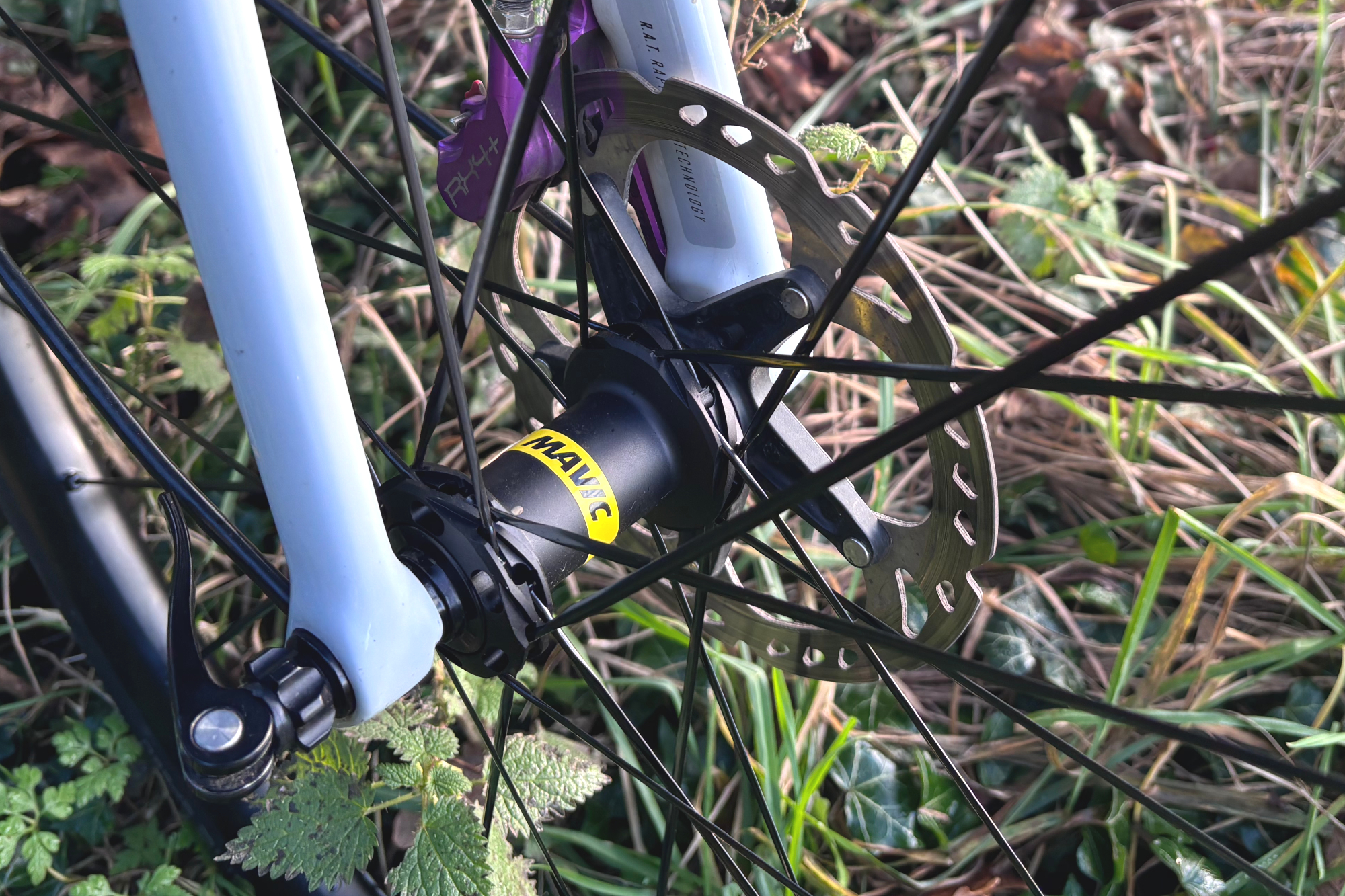
Mavic's signature black and yellow logo adorns the front hub.
In terms of longevity, the wheels are running and looking new after a long and often wet six months, with no loss of spoke tension, creaks, or groans. The Black Shield rim finish has also held up very well, with no scratches, marks, or discoloration. Bearings and the freehub are also running sweetly, and the tool-free disassembly of the rear hub should make for easy servicing, too, to ensure many seasons of trouble-free miles.
Value and conclusions
At £840 / $950, the Allroad is expensive compared to the DT Swiss GR1600, which costs £590, or the Hunt Wheels Gravel Race, which costs £579. Both have similar rim depths and widths. Even though the Hunt is lighter, at 1403 grams, I'd still choose the Mavic for its stiffness and bombproof reliability. I believe a lot of the sprightly ride feel is down to the lack of drilling in the rim bed, something I noticed when testing some XC MTB wheels from Princeton, which had a similar design, albeit in carbon. On paper, the weight is ok but not mindblowing, yet on the trail or road, they feel much lighter but still maintain a decent level of flex to remain comfortable and not hinder corner grip off-road.
They compare better, in my opinion, to budget carbon offerings such as the Zipp 303 S at £985 and the Hunt Carbon Gravel Race wheels at £879 in some situations. They lack the flash factor of a carbon rim, but you should check these out if you value longevity and reliability and want a genuine jack-of-all-trades wheelset over café stop bragging rights.

Thank you for reading 20 articles this month* Join now for unlimited access
Enjoy your first month for just £1 / $1 / €1
*Read 5 free articles per month without a subscription

Join now for unlimited access
Try first month for just £1 / $1 / €1
Get The Leadout Newsletter
The latest race content, interviews, features, reviews and expert buying guides, direct to your inbox!
You must confirm your public display name before commenting
Please logout and then login again, you will then be prompted to enter your display name.
-
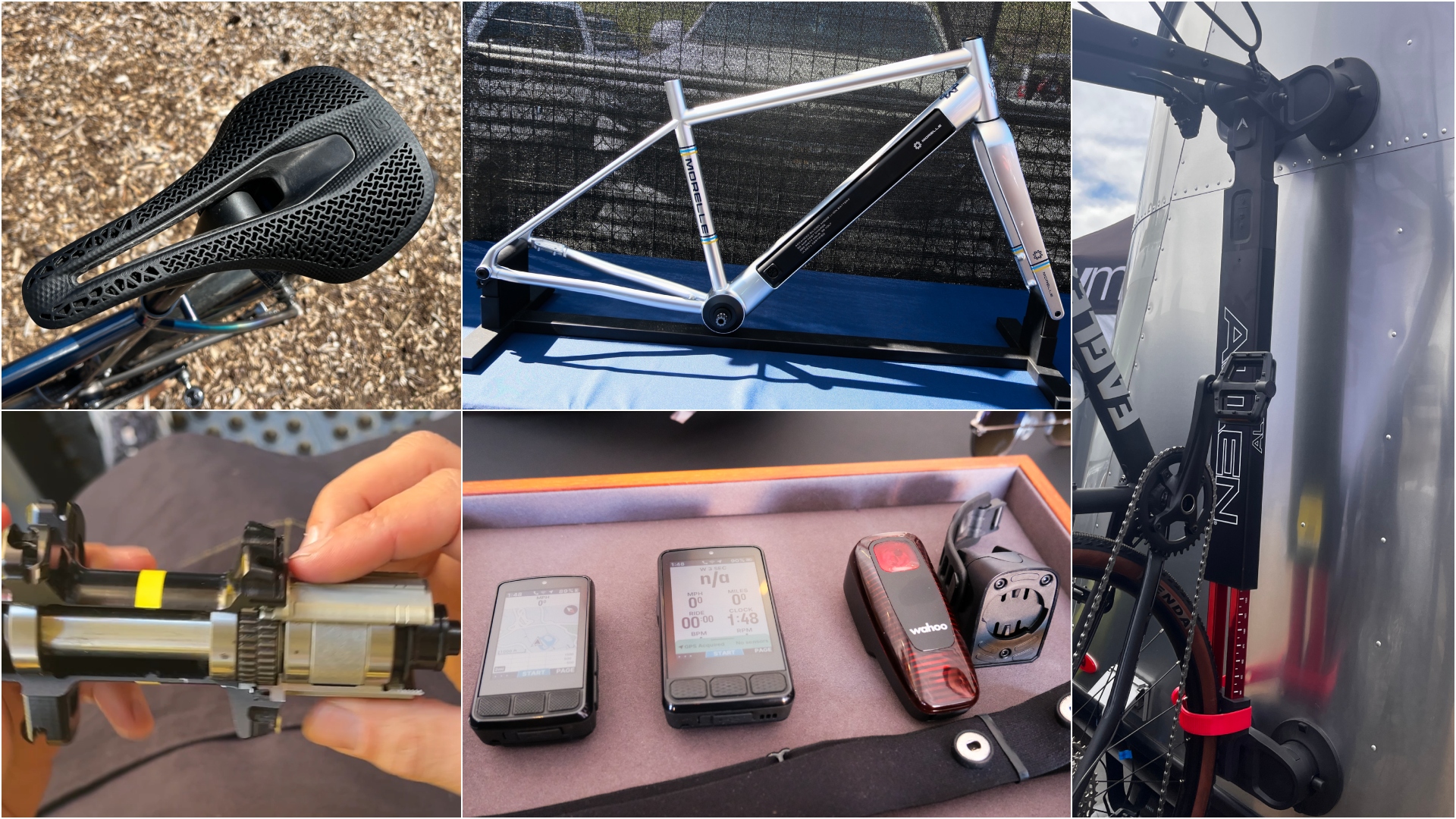 A bike rack with an app? Wahoo’s latest, and a hub silencer – Sea Otter Classic tech highlights, Part 2
A bike rack with an app? Wahoo’s latest, and a hub silencer – Sea Otter Classic tech highlights, Part 2A few standout pieces of gear from North America's biggest bike gathering
By Anne-Marije Rook Published
-
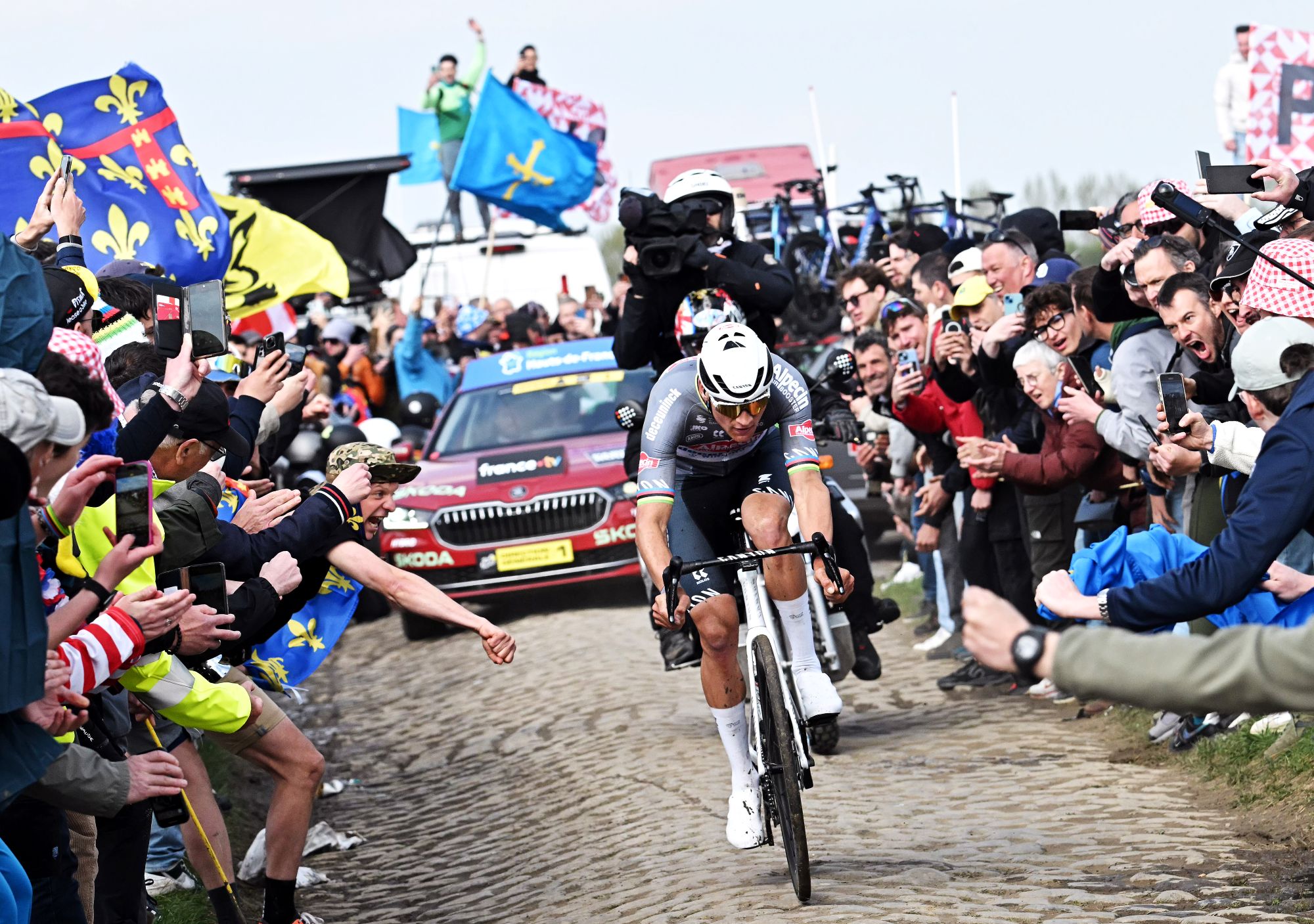 Cycling's riders need more protection from mindless 'fans' at races to avoid another Mathieu van der Poel Paris-Roubaix bottle incident
Cycling's riders need more protection from mindless 'fans' at races to avoid another Mathieu van der Poel Paris-Roubaix bottle incidentCycling's authorities must do everything within their power to prevent spectators from assaulting riders
By Tom Thewlis Published
-
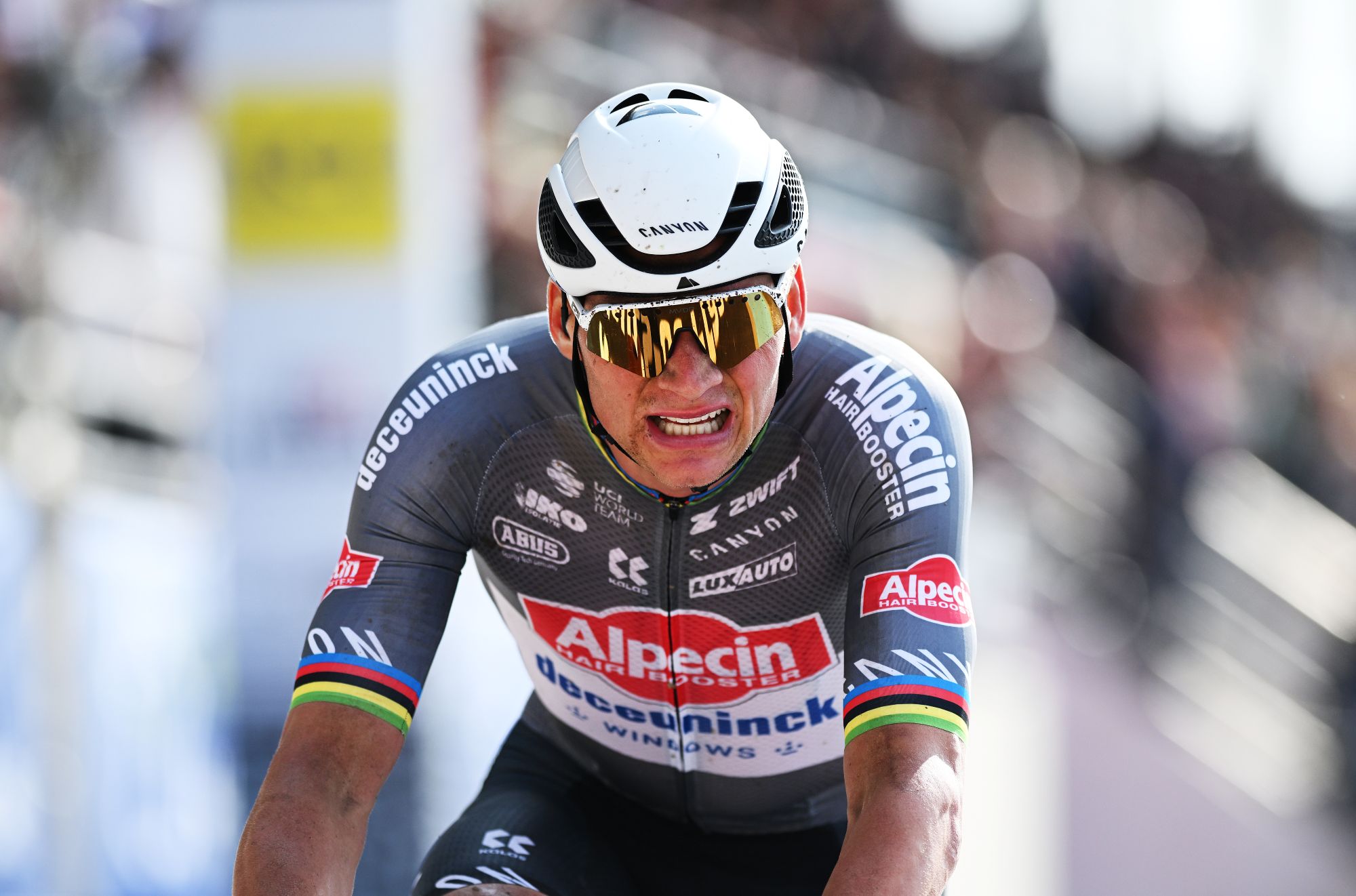 Man hands himself in to Belgian police after throwing full water bottle at Mathieu van der Poel during Paris-Roubaix
Man hands himself in to Belgian police after throwing full water bottle at Mathieu van der Poel during Paris-Roubaix30-year-old was on Templeuve-en-Pévèle cobbled sector when television pictures showed the bottle hitting him in the face
By Tom Thewlis Published
